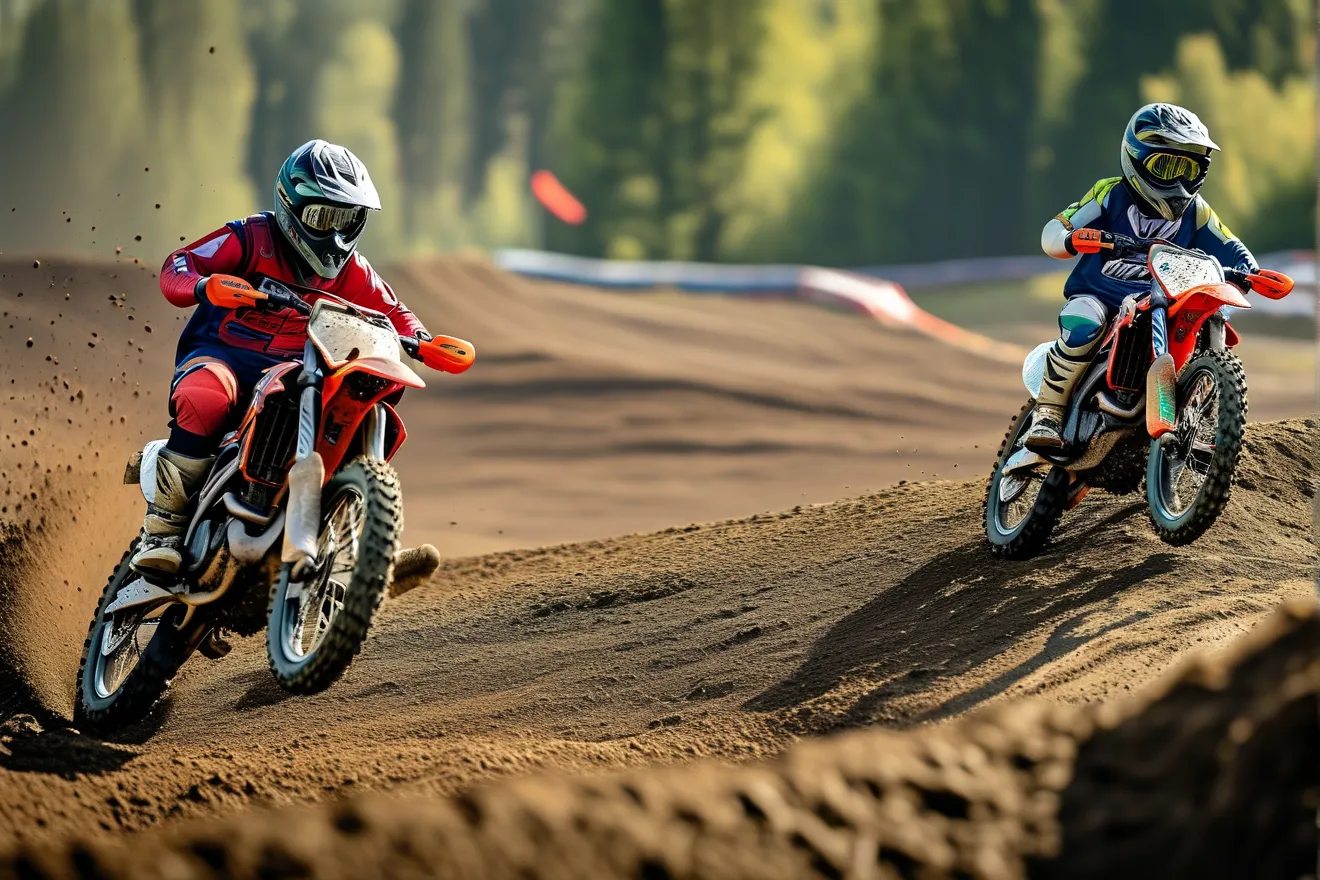Off-road racing and trail riding demand machines built to handle rugged terrain, unpredictable conditions, and adrenaline-fueled challenges. Whether you’re a seasoned rider or new to the sport, selecting the right dirtbike or pitbike requires balancing power, agility, and durability. Let’s break down the key factors to consider when choosing your ultimate off-road companion.
1. Define Your Riding Style & Terrain
Your bike choice hinges on where and how you ride.
– Motocross/Closed-Course Racing: Prioritize lightweight frames (like the Honda CRF250R) with high-revving engines for jumps and sharp turns. Look for 4-stroke bikes (250cc–450cc) for torque or 2-strokes (125cc–250cc) for quicker acceleration.
– Trail/Enduro Riding: Opt for bikes with longer suspension travel (8–12 inches) to absorb rocks and roots. The KTM 350 EXC-F excels here, offering a balance of power and trail compliance.
– Pit Bikes: For casual tracks or backyard fun, smaller engines (50cc–125cc) like the SSR 125-SB provide affordability and maneuverability.
Pro Tip: Check AMA (American Motorcyclist Association) guidelines for class-specific requirements if competing.
2. Engine Type: 2-Stroke vs. 4-Stroke
Engine choice impacts maintenance, power delivery, and cost:
– 4-Stroke Engines: Dominant in modern racing due to EPA compliance and linear power. Ideal for beginners; models like the Yamaha YZ250F require less frequent rebuilds but cost more upfront.
– 2-Stroke Engines: Lighter and simpler to repair, with explosive power bursts. Preferred by purists for tight trails (e.g., Beta 300RR).
Data Insight: A 2023 Cycle World study found 4-strokes account for 72% of off-road sales due to emissions regulations.
3. Weight & Ergonomics Matter
A bike that fits your physique enhances control:
– Seat Height: Taller riders (5’10”+) benefit from full-size bikes (36″–38″ seat height), while shorter riders should consider lowered models like the Kawasaki KLX230S.
– Weight Distribution: Heavy bikes (250+ lbs) stabilize at high speeds but fatigue riders on technical trails. Pitbikes (100–150 lbs) prioritize flickability over stability.
Test It: Visit dealerships to sit on bikes—your feet should touch the ground comfortably when stopped.
4. Suspension & Adjustability
Quality suspension transforms rough terrain into smooth rides:
– Forks/Shocks: Look for adjustable compression/rebound settings (e.g., WP Suspension on Husqvarna models). Beginners can start with preload adjustments.
– Travel Length: Motocross bikes need 12″+ of front travel; trail bikes thrive with 10″–11″.
Expert Advice: MXA recommends revalving suspension for your weight and skill level—a $300-$500 upgrade that maximizes performance.
5. Budget: New vs. Used
Balance upfront costs with long-term reliability:
– New Bikes: Expect $5,000–$12,000 for race-ready models with warranties (e.g., Suzuki RM-Z450). Ideal for competitive riders needing peak performance.
– Used Bikes: Save 30%–50% by buying lightly used (<50 hours). Inspect frame welds, oil consistency, and sprocket wear. Websites like Craigslist or Facebook Marketplace offer deals but verify ownership history.
Cost Hack: Allocate 15% of your budget for gear (helmets, boots) and upgrades (tires, grips).
6. Brand Reputation & Parts Availability
Stick to manufacturers with proven off-road pedigrees:
– Top Brands: Honda, Yamaha, KTM, Husqvarna, and Kawasaki dominate reliability rankings (Consumer Reports, 2023).
– Aftermarket Support: Ensure parts (chains, pistons) are widely available. Brands like ProX Racing supply components for older models.
Final Checklist Before Buying
- Test ride on similar terrain to assess handling.
- Verify maintenance records (for used bikes).
- Research insurance costs—dirtbikes often aren’t covered under homeowner policies.
Choosing the best dirtbike or pitbike isn’t just about specs—it’s about matching engineering to your ambitions. By prioritizing terrain needs, engine characteristics, and ergonomic fit, you’ll invest in a machine that amplifies your skills and passion for off-road adventure.




Leave a Reply